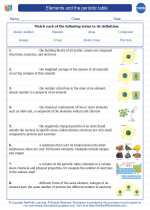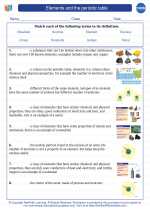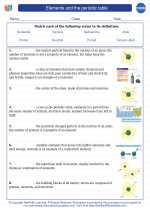Waste Removal in Chemistry
Waste removal is an important aspect of chemical processes as it involves the safe disposal of by-products, unused reagents, and other waste materials generated during chemical reactions. Proper waste removal is essential to prevent environmental contamination and ensure the safety of laboratory personnel and the public. There are several methods and considerations for waste removal in chemistry.
Methods of Waste Removal
1. Dilution and Neutralization: Some chemical waste can be safely diluted with water and neutralized with appropriate reagents to make it less hazardous before disposal.
2. Solidification: Liquid waste can be solidified using absorbent materials such as diatomaceous earth or vermiculite to facilitate safe disposal.
3. Segregation: Waste materials should be segregated based on their chemical properties and hazard level to prevent cross-contamination and ensure proper disposal.
4. Recycling: Whenever possible, waste materials that can be recycled should be separated and sent for recycling to reduce environmental impact.
Considerations for Waste Removal
1. Safety: The safety of laboratory personnel and the public should be the primary consideration when handling and removing chemical waste.
2. Environmental Impact: Proper disposal methods should be chosen to minimize the environmental impact of chemical waste, such as avoiding direct disposal into water bodies or landfills.
3. Regulatory Compliance: It is important to adhere to local, state, and federal regulations regarding the disposal of chemical waste to avoid legal repercussions.
Study Guide
1. What are the different methods of waste removal in chemistry?
- Dilution and Neutralization
- Solidification
- Segregation
- Recycling
2. Why is safety a crucial consideration in waste removal?
3. How can chemical waste be recycled to reduce environmental impact?
4. What are the regulatory considerations for the disposal of chemical waste?
By understanding the methods and considerations for waste removal in chemistry, students can appreciate the importance of responsible waste management in chemical processes and its broader impact on the environment and society.
.◂Chemistry Worksheets and Study Guides High School. Elements and the periodic table

 Worksheet/Answer key
Worksheet/Answer key
 Worksheet/Answer key
Worksheet/Answer key
 Vocabulary/Answer key
Vocabulary/Answer key
 Vocabulary/Answer key
Vocabulary/Answer key
 Vocabulary/Answer key
Vocabulary/Answer key
